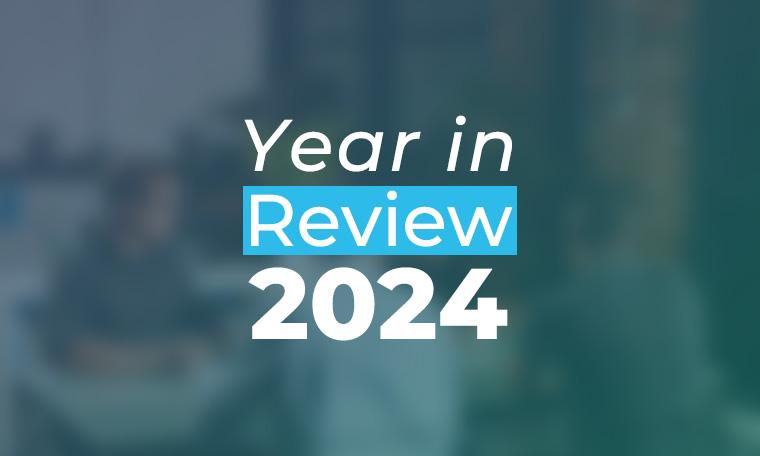Prioritising Content in Web Design
Thursday, 19th June 2014
.jpg)
A common design habit is to show as much as possible. Show all the links all at once. Show as many messages as possible. Make everything bright, bold and stand out.
While this is understandable as you don't want users to miss out or not being able to find things it can become counter-productive.
The solution with this is simple in theory: you have to prioritise. But it can be difficult in practice when you have to choose what sections of the site and what messages are more important than others.
Here are some handy ideas based around this theory:
The 80/20 rule
It is estimated that only 20% of features are used 80% of the time. You need to figure out how to best utilise the 20% of the website that is actually being used.
Hicks law
The time it takes to make a decision increases as the number of alternatives increases. When designing time-critical tasks minimise the number of options involved in a decision to reduce response times and minimise errors.
Highlighting
Highlight no more than 10% of visible design. The positive effects of highlighting are diluted as percentage increases. Think about it: if everyone is shouting then no-one is heard!
Ockham's Razor
Simplicity is preferred to complexity in design. Think about the search engine battle in the 1990's that Google prevailed due to the simplicity of their design. Unnecessary elements will decrease a designs efficiency and give users more obstacles to traverse.
Scanning & Skimming
The web is a different medium to reading a book, watching a film or playing a game. Users want information NOW so you need to say what you need to in 5 words rather than 50.
If you are struggling to decide what content is indeed more important then your first port of call should be your Google Analytics stats and if still in doubt some A/B testing.
But if you can be a bit more ruthless when considering your design and content then you will serve your users better and save them time in making decisions and using your website.




